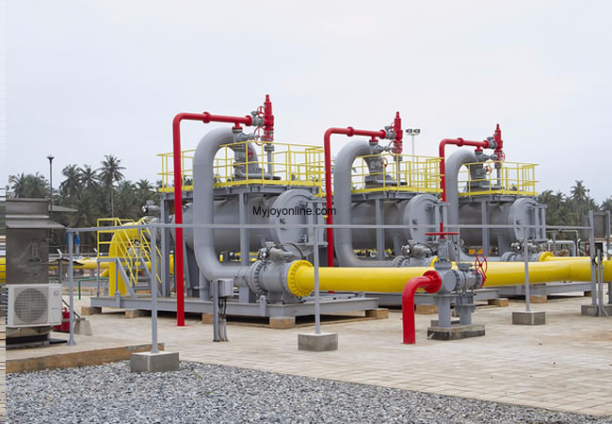
Natural gas production in the Permian Basin hit a record in 2022, the Energy Information Administration reported, with the total at 21 billion cubic feet daily.
This represented a 14% increase on the total for 2021, the agency said, and an all-time high as well.
Natural gas production in the basin continued to grow this year, too, exceeding the 21 billion cubic feet average for 2022. Almost all of the natural gas produced in the Permian is a by-product of oil production. As oil production rises, so does natural gas production.
However, the EIA said earlier this week it expected production growth across the U.S. to slow down over the coming months, which suggests natural gas output growth will slow down, too.
Changes in the rig count also suggest that a slowdown in production growth is imminent. According to the latest report from Baker Hughes, oil and gas rig numbers have now been on the decline for six weeks in a row. The gas rig count, at 135, was the lowest since March last year as of the second week of June.
“The recent sharp drop in the rig count is consistent with our expectation that producers will continue to respond to low gas prices by cutting investment,” Goldman Sachs analysts said in a note quoted by Reuters.
In addition, Primary Vision’s Frac Spread Count, an estimate of the number of crews completing unfinished wells—a more frugal use of finances than drilling new wells, fell by 4 in the week ending June 2, to 256—the lowest number of completion crews in operation since January.
The number of fracking crews has fallen for five weeks in a row, losing a total of 38. The frac spread count is 23 less than this time last year, reinforcing expectations of a slowdown in production growth both for oil and, as a result, natural gas.
Still, gas output will be higher this year than last year’s, according to the EIA, which sees the total at 102.74 billion cubic feet daily. Next year, it will continue higher, reaching 103.04 billion cubic feet, the EIA also said this week.
source:https://oilprice.com/
